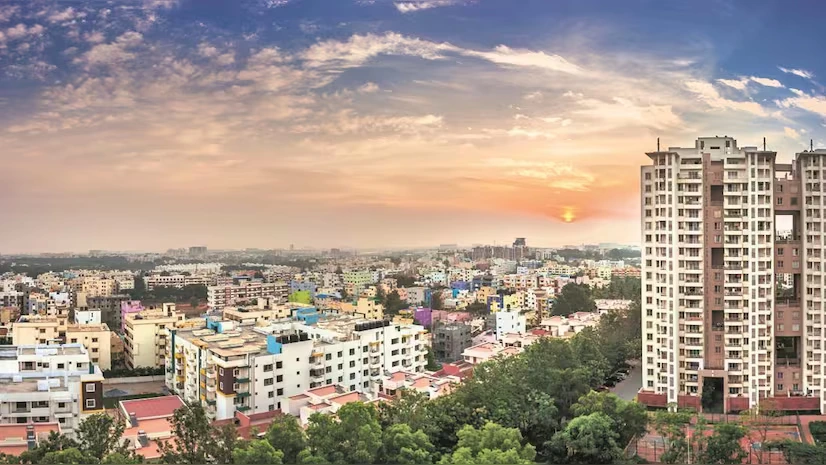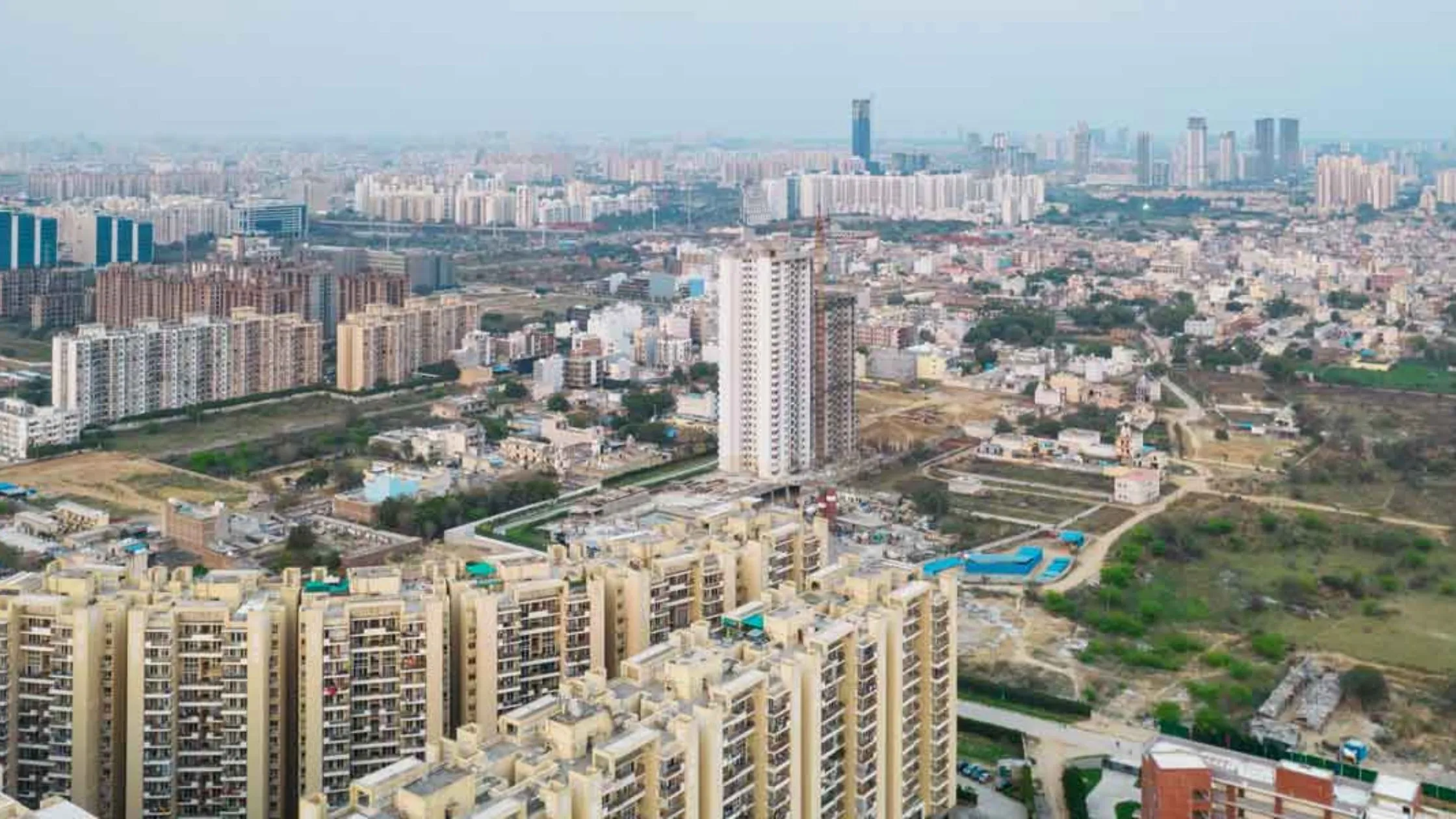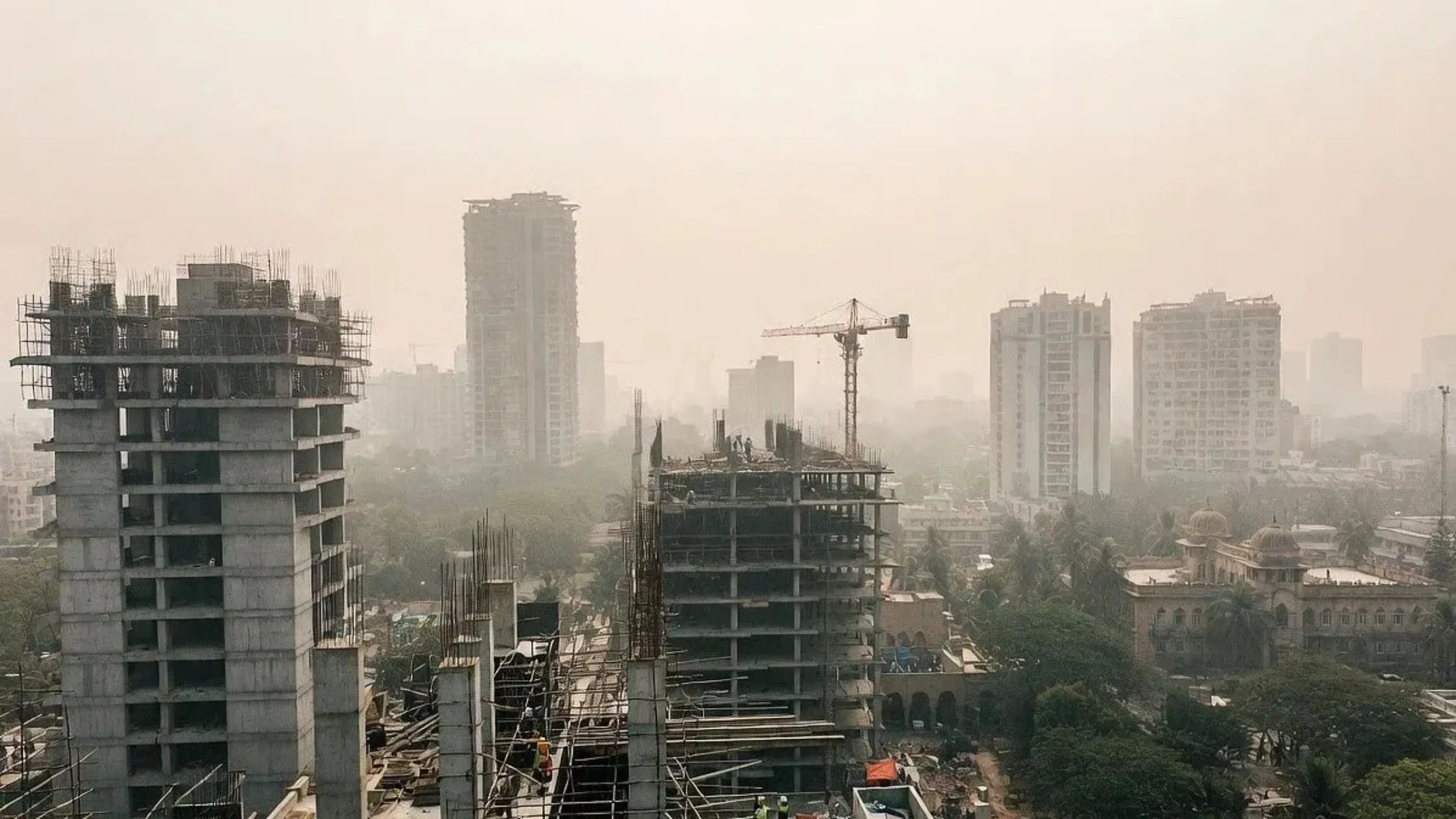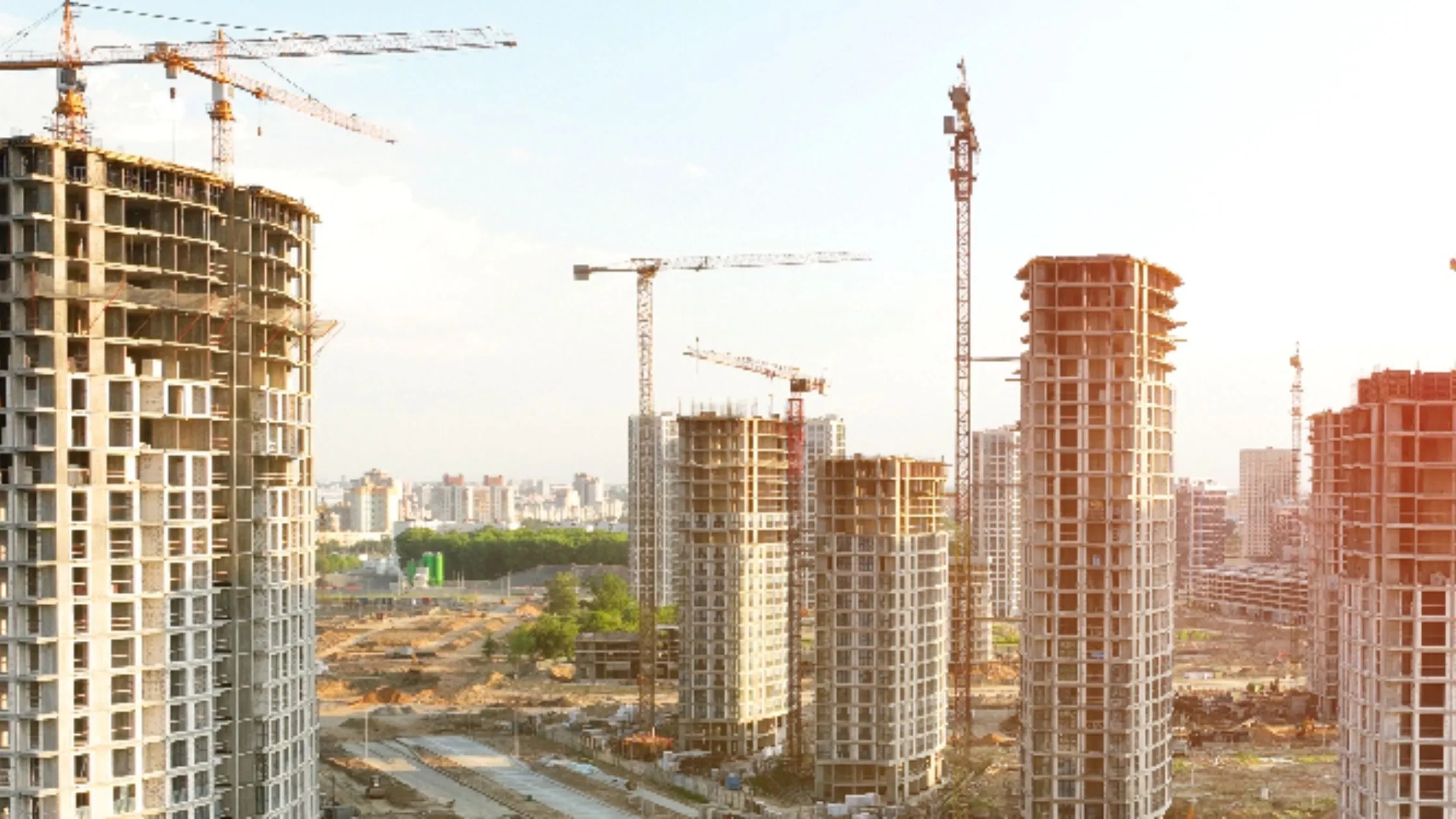Table of Content
There has been a tremendous change in Bengaluru's real estate market over the last 10 years. What was once genuinely affordable housing homes priced at ₹50 lakh - has gone for an incredible shift in value, where the same property now exists for ₹2 crore. This change in property values is changing the concept of affordable housing in the city, now where ₹1.5–3 crore is great buying range.
The Evolution of Affordable Housing in Bengaluru
Bengaluru's definition of affordable housing has changed due to rising property prices and increasing demand. Ten years ago, a ₹50 lakh house was considered feasible for the middle-income category. Now, that same house has appreciably changed value and is now ₹2 crore.
This steep price escalation can be attributed to several factors:
- Inflation: Persistent inflation has increased the cost of land, materials, and labor, contributing to higher property prices.
- Tech Industry Growth: As the IT hub of India, Bengaluru has experienced substantial demand from tech professionals with rising incomes.
- Salary Growth: Salaries in the city have grown considerably, boosting purchasing power and driving up demand for premium housing.
Also Read: Netizens Claim Homeownership Now Exclusive to the Top 5% Amid Price Surge
The Current Sweet Spot: ₹1.5–3 Crore
Zayd Noaman, president of CREDAI Bengaluru explained that homes from ₹ 1.5 crore and up to ₹ 3 crore account for the vast majority of both volume and sales - the price category that is now most active in Bengaluru, which correlates directly to the professional labor demographic in the city.
In terms of affordability for many, this price category does also reflect a growing disparity in buyer expectations. For homebuyers today, affordability is a roof, but it's also location, infrastructure and lifestyle.
The Role of Bengaluru’s Tech Ecosystem
The tech industry plays a pivotal role in driving Bengaluru’s real estate market. As the city attracts professionals from across India and abroad, the demand for quality housing has surged. The city’s reputation as a hub for quality education and a deep talent pool further bolsters its appeal, sustaining long-term housing demand.
Challenges in Bengaluru’s Central Areas
Despite the city’s economic growth, owning a home in Bengaluru’s city center has become increasingly challenging.
- High Land Costs: Land in prime zones is scarce and expensive, driving up property prices.
- Special-Grade Developments: Projects in central areas need to offer premium features and amenities to justify their high costs.
Zayd Noaman notes that large township developments on the city’s outskirts could address this issue. However, these projects require better connectivity and infrastructure to attract buyers.
Opportunities in Bengaluru’s Outskirts
Bengaluru’s radial layout presents ample opportunities for real estate development in suburban and outer areas. Agricultural land on the city’s outskirts offers the potential for large-scale housing projects. However, the success of these developments hinges on infrastructure improvements, including:
- Metro Connectivity: Expanded metro lines can make suburban areas more accessible.
- Road Infrastructure: Better roads and public transport systems are crucial for livability in these regions.
With central areas nearing saturation, the city’s outskirts hold the key to meeting Bengaluru’s growing housing demand.
Market Trends and Predictions
Bengaluru's real estate market is healthy, and property prices and volumes have increased significantly over the past two years. For example, homes in Whitefield, which is a desirable locality, are priced between ₹2.3 crore and ₹3 crore.
Generally, the average ticket price of property purchases for properties in Bengaluru falls between ₹3 crore and ₹4 crore, which also means that Bengaluru's affordability guidelines have shifted. Buyers are now taking longer in their decisions, which is a positive sign for demand; they are considering location, infrastructure and long-term value.
We expect prices to increase with inflation or slightly above market inflation prices in 2025. This reflects continuing demand for quality housing stock (Bengaluru fundamentals).
Also Read: Tier 1 Cities to Witness 16 Mn Sq Ft Mall Expansion by 2026 Amid Demand
The Way Forward for Affordable Housing
To address Bengaluru’s housing challenges, strategic interventions are necessary:
- Infrastructure Upgrades: Improved metro connectivity and road access can make suburban areas more attractive for homebuyers.
- Government Support: Policies promoting balanced growth and sustainable development can help ensure affordability in the housing market.
- Livable Suburban Developments: Developers should focus on creating self-contained communities with schools, hospitals, and recreational facilities to enhance the appeal of suburban areas.
Conclusion
The affordable housing landscape in Bengaluru has completely changed over the years. Although astronomical property prices have made it extremely difficult for many to attain homeownership, the real estate market in Bengaluru is providing opportunities for investment and gains.
Affordable housing will hinge on the news of infrastructure and sustainable development patterns as the city grows further out, on being able to meet housing demands first and foremost importantly balancing a degree of affordability with quality - and retaining attainable homeownership for large swaths of the population.
Follow AquireAcers Whatsapp Channel to Stay Updated With The Latest Real Estate News








Ans 1. Property prices have risen due to persistent inflation, growing demand from the tech industry, rising salaries, and increased costs of land, materials, and labor.
Ans 2. The active price range for homes in Bengaluru is now between ₹1.5 crore and ₹3 crore, reflecting a shift in affordability and buyer expectations.
Ans 3. The city’s thriving tech industry attracts professionals with higher disposable incomes, driving demand for premium housing in both central and suburban areas.
Ans 4. Central areas face high land costs, scarcity of space, and the need for premium features to justify their prices, making homes there less accessible to middle-income buyers.
Ans 5. Yes, suburban and outer areas offer opportunities for affordable housing, but their success depends on infrastructure improvements, such as better roads, metro connectivity, and self-contained communities.
Ans 6. The primary challenges include the need for improved infrastructure, better metro and road connectivity, and access to essential amenities like schools and hospitals.
Ans 7. A property priced at ₹50 lakh ten years ago now costs around ₹2 crore, reflecting a significant rise in real estate values.
Ans 8. Government support through balanced growth initiatives, infrastructure development, and sustainable housing policies can help make homes more affordable and accessible.